
Advertising & Brands
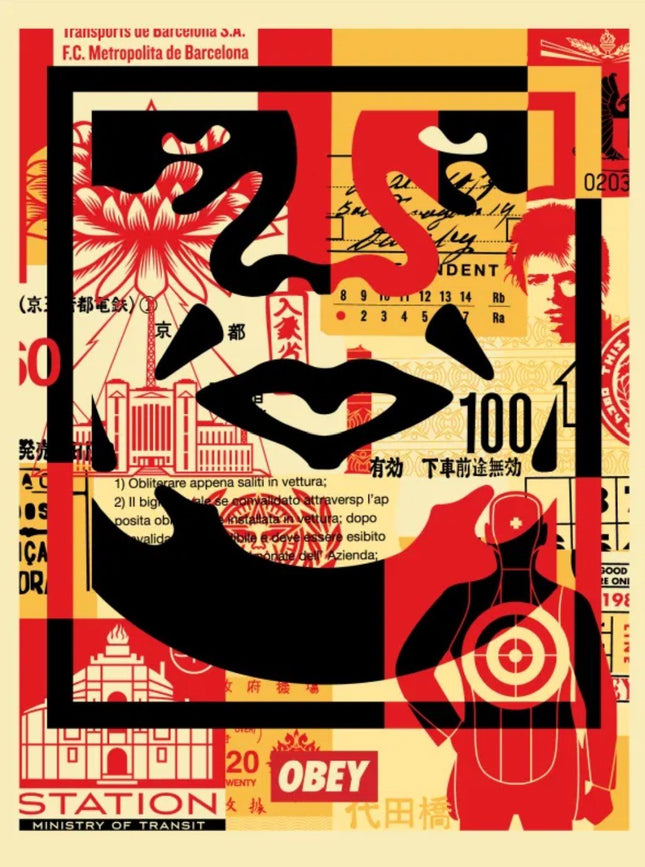
Shepard Fairey- OBEY Icon Collage Bottom- Large Format Silkscreen Print by Shepard Fairey- OBEY
Icon Collage Bottom- Large Format Limited Edition Hand Pulled 3-Color Silkscreen Print on Cream Speckle Tone Paper with hand-deckled edges by Shepard Fairey Graffiti Street Artist Modern Pop Art. Screen Print 30 inches by 38 1/2 inches Edition of 70 October 31, 2016. Large Format Screen Print. 30 inches by 38 1/2 inches. Limited Numbered Edition of 70. 100% cotton archival paper with deckled edges. OBEY publishing chop on bottom left corner. Signed by Shepard Fairey.
$4,583.00
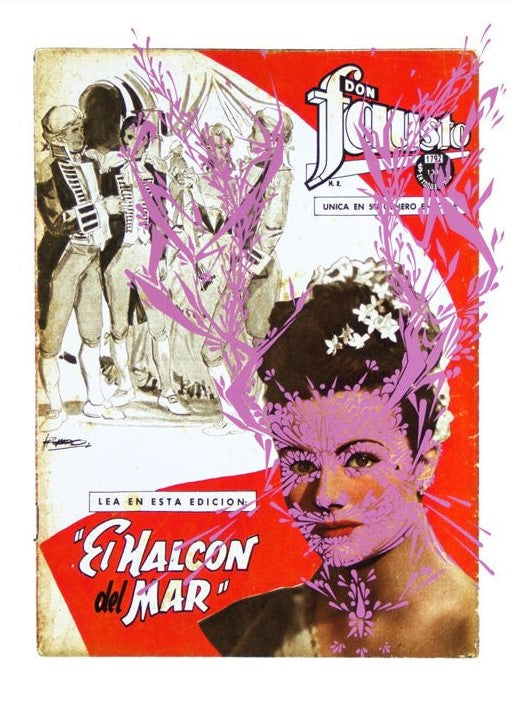
Stinkfish El Halcon del Mar Pink Archival Print by Stinkfish
El Halcon del Mar- Pink Limited Edition Archival Pigment Prints with Black Screen Print on 310gsm Fine Art Paper by Stinkfish Graffiti Street Artist Modern Pop Art. "I found this magazine in a second-hand bookstore in downtown Bogota. I used a traditional ink fine marker over the magazine cover. It is a Chilean magazine from 1959.I usually draw over these kinds of surfaces, like vintage records and magazine covers. It's inspired by my street works, I work on portraits mixed with freehand styles with a spray can." - Stinkfish
$364.00
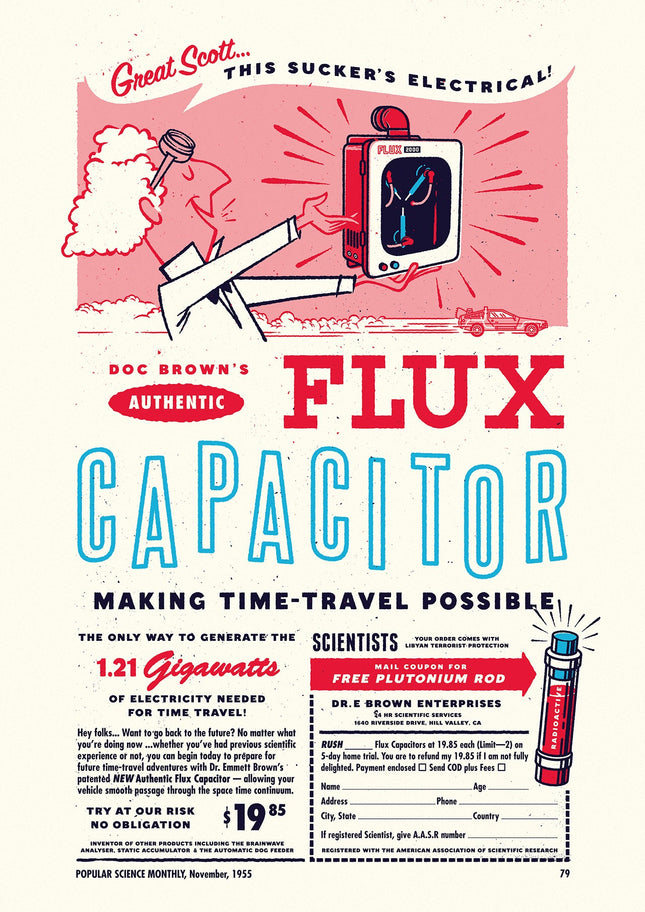
Timba Smits Flux Capacitor Ad Giclee Print by Timba Smits
Flux Capacitor Ad- 1.21 Gigawatts Artwork Giclee Limited Edition Print on Fine Art Paper by Pop Culture Graffiti Artist Timba Smits.
$209.00
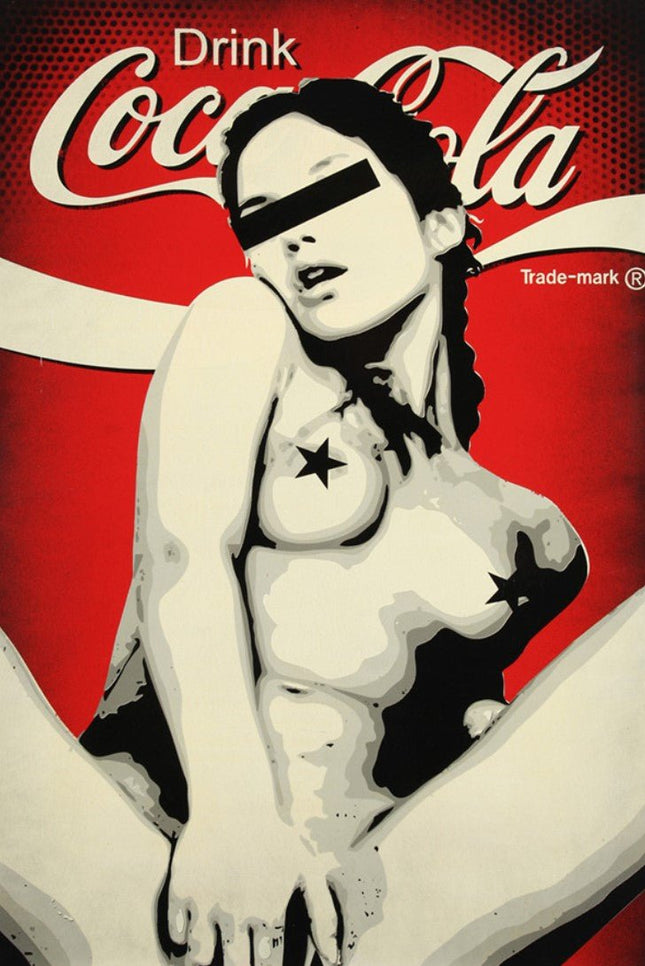
Denial- Daniel Bombardier Enjoy Archival Print by Denial- Daniel Bombardier
Enjoy - Standard Edition Limited Edition Archival Pigment Print on 310gsm Museum Natural Fine Art Paper by Denial Graffiti Street Artist Modern Pop Art. 2016 Signed & Numbered Limited Edition Print Artwork Size 18x21 "Recently, this piece was not allowed into a show I had wanted it to be in. In Dubai, they have strict rules on obscenity and vulgarity. I had been wanting to paint this piece for a long time and was looking for just the right image to use as a base in it. I finally found it amongst the bowels of the internet. This painting is a visualization of an amazing Bill Hicks joke from his stand-up routine. In his stand up Bill goes into great detail about the evils of advertising when left unchallenged and unchecked. He imagines and describes an ad in the not-so-distant future that one day may exist. This painting is of that ad. Bill Hicks was a fucking genius and I only hope I did his work the justice it deserves. He was so inspirational in forming my current mindset, a true artist and rebel. I take inspiration from different artists in different ways. I like to visualize things like songs or speech or comedy and play with the different elements I come up with. I have a very playful mind." - Denial Denial is a Canadian artist who experiments with aerosol and stencil art, while his main fields of interest are consumerism, politics and the human condition in today’s society. Since the culture of graffiti was gaining more and more popularity in the US and Europe, the taggers had to be increasingly original in order to stand out. The signatures became bigger, more stylized and more colorful.
$242.00
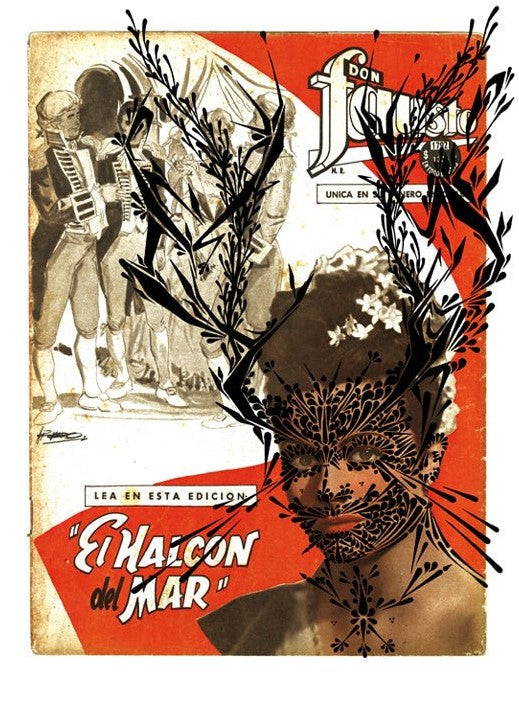
Stinkfish El Halcon del Mar Black Archival Print by Stinkfish
El Halcon del Mar- Black Limited Edition Archival Pigment Prints with Black Screen Print on 310gsm Fine Art Paper by Stinkfish Graffiti Street Artist Modern Pop Art. "I found this magazine in a second-hand bookstore in downtown Bogota. I used a traditional ink fine marker over the magazine cover. It is a Chilean magazine from 1959.I usually draw over these kinds of surfaces, like vintage records and magazine covers. It's inspired by my street works, I work on portraits mixed with free hand styles with a spray can." - Stinkfish
$129.00
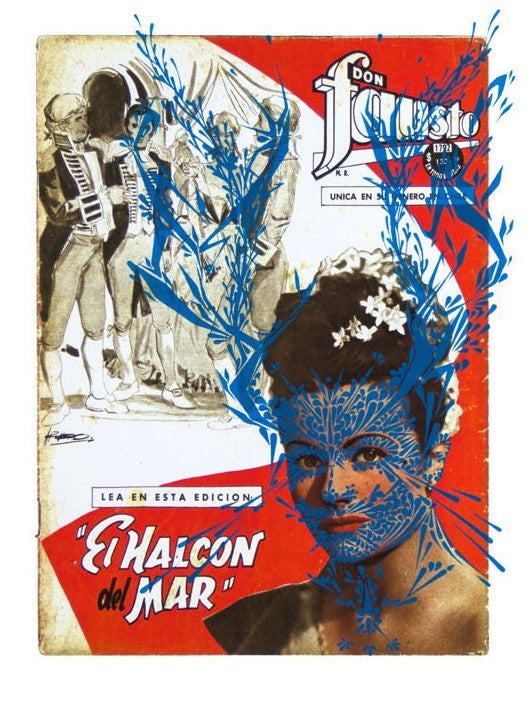
Stinkfish El Halcon del Mar Blue Archival Print by Stinkfish
El Halcon del Mar- Blue Limited Edition Archival Pigment Prints with Black Screen Print on 310gsm Fine Art Paper by Stinkfish Graffiti Street Artist Modern Pop Art. "I found this magazine in a second-hand bookstore in downtown Bogota. I used a traditional ink fine marker over the magazine cover. It is a Chilean magazine from 1959.I usually draw over these kinds of surfaces, like vintage records and magazine covers. It's inspired by my street works, I work on portraits mixed with freehand styles with a spray can." - Stinkfish Small dings or digs in the paper along top white margins that do not penetrate paper. Minimal.
$209.00







